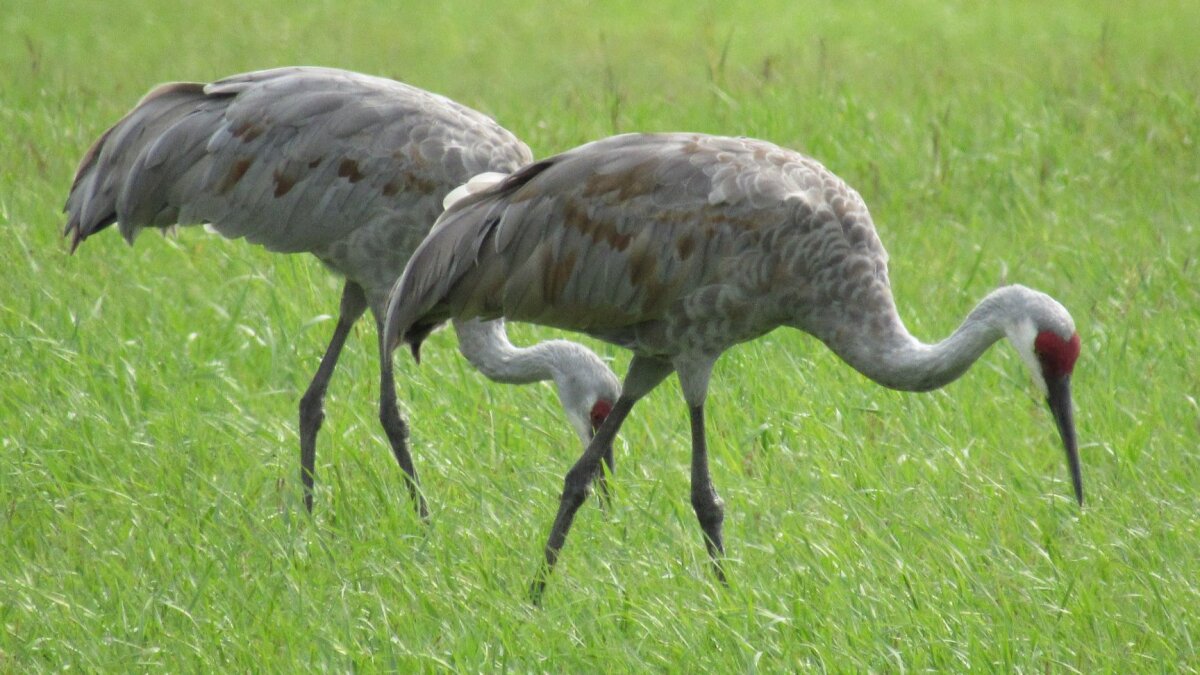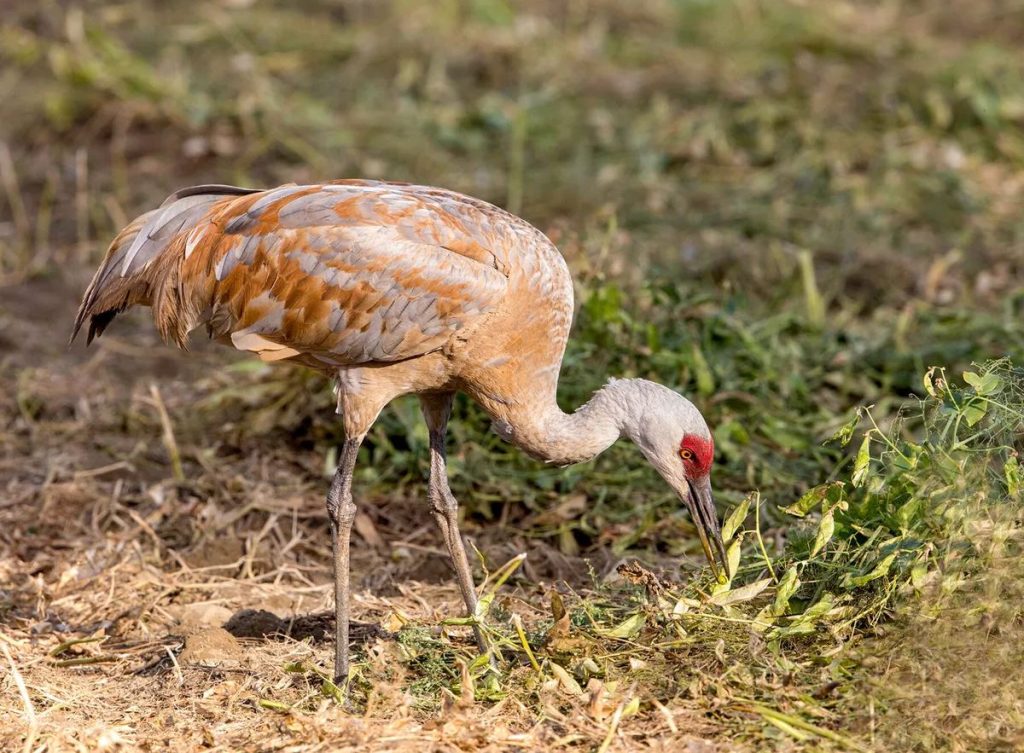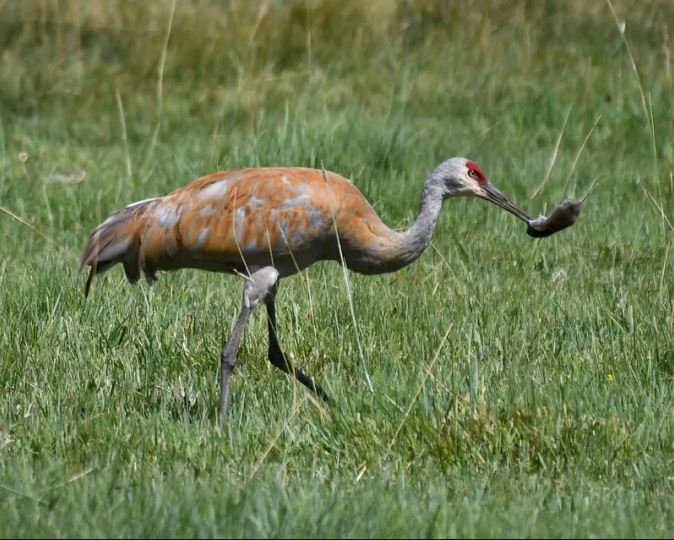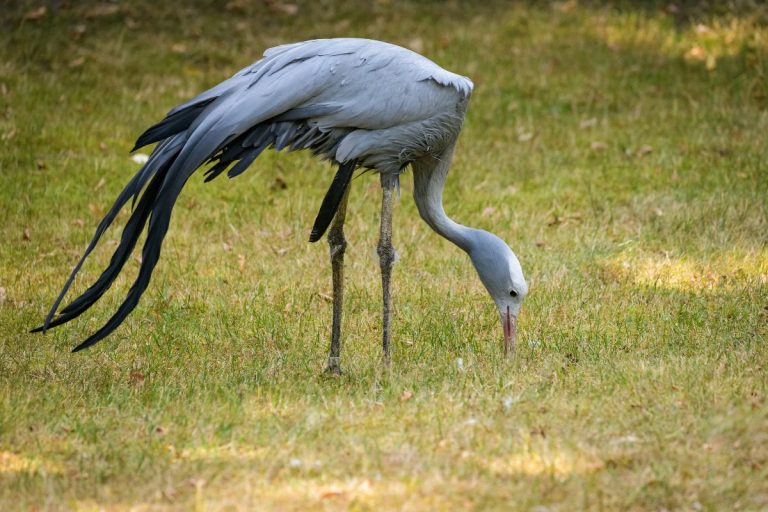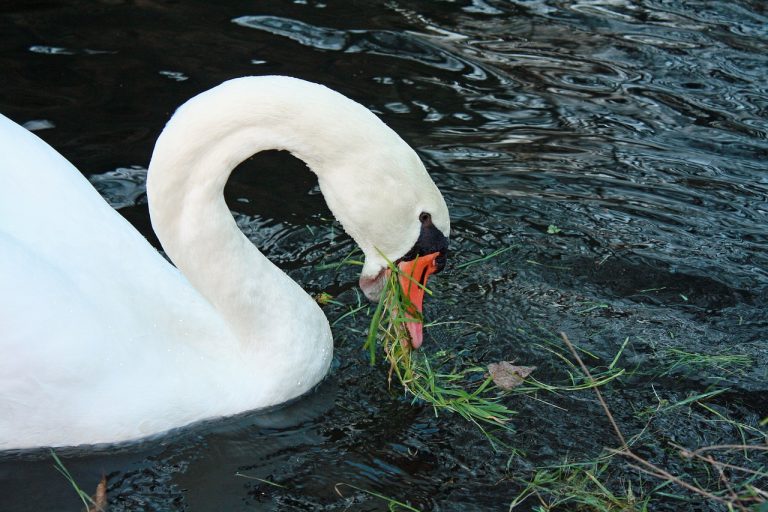What Do Sandhill Cranes Eat? The Answer Might Surprise You!
If you’ve ever seen a tall, elegant bird gracefully walking through a field or wetland, you might have been lucky enough to spot a Sandhill Crane. These majestic birds are known for their striking appearance, enchanting dances, and haunting calls that echo across the landscape. But have you ever wondered—what do Sandhill Cranes eat?
The answer might surprise you.
While they may look like delicate foragers, Sandhill Cranes have a surprisingly varied and adaptable diet. From grains to small animals, these birds are opportunistic feeders that thrive in diverse environments. Whether you’re a birdwatcher, wildlife enthusiast, or simply curious, this guide will give you a deep dive into the fascinating feeding habits of Sandhill Cranes.
Meet the Sandhill Crane
Before we talk about what they eat, let’s get to know the Sandhill Crane a little better.
- Scientific Name: Antigone canadensis
- Size: 3 to 4 feet tall, wingspan up to 7 feet
- Weight: 6–14 pounds
- Habitat: Wetlands, prairies, grasslands, farmlands
- Range: North America (from Alaska and Canada to Florida, Texas, and Mexico)
Sandhill Cranes are omnivorous, meaning they eat both plants and animals. Their diet changes throughout the year and depends on their habitat and migration patterns.
So, What Do Sandhill Cranes Eat?
Sandhill Cranes have a broad and adaptable diet. They’re not picky eaters—and that flexibility has helped them survive in a wide range of habitats. Their diet can be broken into two main categories:
1. Plant-Based Foods
A large portion of a Sandhill Crane’s diet consists of plant matter, especially:
- Seeds
- Grains (corn, wheat, barley, oats)
- Tubers
- Berries (especially in summer and fall)
- Grass and sedge shoots
These foods are rich in carbohydrates and help cranes build fat reserves for migration.
In agricultural areas, Sandhill Cranes often feed in harvested fields, picking up leftover grains. This has occasionally brought them into conflict with farmers—but we’ll cover that later.
2. Animal-Based Foods
While it might be surprising, Sandhill Cranes are skilled hunters when it comes to small prey. They will eat:
- Insects (grasshoppers, beetles, ants, crickets)
- Worms
- Snails
- Frogs
- Lizards
- Mice or voles
- Small fish
- Even bird eggs on occasion
Animal protein is especially important during the breeding season, when adult cranes need extra energy to raise chicks. Chicks also rely heavily on insects and protein-rich prey for fast growth.
Feeding Behavior: How Do Sandhill Cranes Find Food?
Sandhill Cranes forage by walking slowly and deliberately through their habitat, using their long bills to probe the ground or pick up food from the surface.
Common Foraging Methods:
- Probing in soil or mud – great for worms, roots, and insects
- Pecking from the surface – useful in dry fields or short grass
- Stirring water – to flush out aquatic prey
They typically feed in early morning and late afternoon, when temperatures are cooler and prey is more active.
Seasonal Changes in Diet
What Sandhill Cranes eat can change dramatically with the seasons:
🌱 Spring and Summer (Breeding Season)
- More animal-based foods: insects, frogs, small reptiles
- Helps nourish chicks and provide energy for mating
🍂 Fall (Migration Prep)
- High-carb grains and seeds
- Berries and tubers
- Cranes build fat reserves for long-distance flights
❄️ Winter (Southern U.S. and Mexico)
- Diet consists mostly of leftover crops like corn and wheat
- Occasional invertebrates if the ground isn’t frozen
This seasonal flexibility allows them to thrive from Canada to Florida and across the Great Plains.
What Do Baby Sandhill Cranes Eat?
Baby Sandhill Cranes, also called colts, are ready to eat almost immediately after hatching. Parents feed them:
- Insects
- Worms
- Small aquatic invertebrates
High-protein diets help them grow rapidly. Within a few weeks, colts begin foraging on their own under the guidance of their parents.
By the time they’re a month old, they start sampling plant matter too.
Where Do Sandhill Cranes Find Their Food?
Sandhill Cranes are highly adaptable foragers, and the places where they search for food depend greatly on the time of year, their migration route, and the local ecosystem. Their ability to shift feeding locations based on available resources is one of the reasons they’ve thrived across North America.
Let’s explore their primary feeding habitats in more depth:
Wetlands: A Buffet of Aquatic Life
In spring and summer, especially during the breeding season, Sandhill Cranes often settle in marshes, bogs, and shallow wetlands. These water-rich habitats provide:
- Aquatic insects like dragonfly larvae and midges
- Small fish and amphibians, including frogs and tadpoles
- Snails and other mollusks
- Roots, tubers, and shoots from aquatic vegetation like sedges and bulrushes
Cranes use their long bills to probe in muddy or shallow water, delicately pulling out prey hidden beneath the surface. Wetlands are especially important for feeding crane chicks, who need protein-rich animal matter for rapid growth.
Grasslands and Prairies: A Forager’s Playground
Open grasslands and prairie habitats provide a mix of plant and insect life that supports cranes throughout the warmer months:
- Berries from shrubs like elderberry and blackberry
- Seeds from native grasses and wildflowers
- Grasshoppers, beetles, and crickets, which are abundant in late summer
- Earthworms and grubs, especially after rain
These habitats are ideal for daytime foraging. Cranes will slowly walk through grassy areas, pecking at the ground and turning over leaves to expose insects. During migration stops, they frequently choose prairies as safe resting and refueling zones.
Farmlands: A Human-Altered Feast
Modern agriculture has unintentionally created feeding havens for Sandhill Cranes. Especially in fall and winter, these birds are commonly found in:
- Cornfields after harvest—where they eat leftover kernels and husks
- Wheat and barley fields—cranes eat spilled grain or seeds from stubble
- Peanut and soybean fields, especially in the southeastern U.S.
- Planted rice paddies, where they consume both insects and rice grains
Crane flocks often number in the hundreds or thousands in these areas. These fields provide essential energy for cranes preparing for migration or overwintering. However, this also increases the risk of conflicts with farmers, especially when birds begin feeding on newly planted crops.
Intelligence in Action: Returning to Reliable Food Sources
Sandhill Cranes are not only opportunistic eaters—they’re also creatures of habit and memory. They return to the same reliable feeding grounds year after year, often following ancestral migration routes that lead to areas rich in food and safety.
Studies show that cranes can recognize:
- Specific fields where food was abundant in previous years
- Wetlands with consistent prey populations
- Undisturbed prairie patches for safer foraging
This memory-based foraging strategy helps reduce wasted energy and improves survival, especially during long migrations or harsh winters.
In short, Sandhill Cranes are incredibly resourceful in how and where they find food. Whether wading through a bog, striding across golden grasslands, or foraging among harvested crops, they know exactly where to look—and they rarely forget a good spot.
Conflicts with Agriculture
Because they often feed in crop fields, Sandhill Cranes can be seen as a nuisance by some farmers. Corn and wheat fields are especially attractive during migration and wintering periods.
Problems:
- Eating newly planted seeds
- Damaging crops in early stages
- Gathering in large flocks and trampling plants
Solutions:
Some farmers use non-lethal deterrents such as:
- Scarecrows or flags
- Sound cannons
- Treated seeds (distasteful but not harmful)
In some areas, wildlife organizations work with farmers to compensate for crop losses or create designated crane feeding areas to reduce conflict.
Are Sandhill Cranes Dangerous to Other Wildlife?
Not typically. While they may eat small animals or eggs, they’re not aggressive predators. Their diet has minimal impact on larger species, and they mostly consume abundant prey like insects and rodents.
In fact, their feeding habits can even be beneficial:
- Insect control
- Seed dispersal
- Turning over soil while foraging
Can You Feed Sandhill Cranes?
This is a tricky topic.
While it might be tempting to offer food to these beautiful birds, feeding wild Sandhill Cranes is strongly discouraged. In many states (like Florida), it’s actually illegal.
Why You Shouldn’t Feed Them:
- They may lose their natural fear of humans
- Risk of vehicle collisions increases
- Unnatural diets can harm their health
- Can lead to aggressive behavior toward people
If you want to support Sandhill Cranes, the best way is to preserve their natural habitats, not hand-feed them.
Fun Fact: Sandhill Cranes and Peanuts
Did you know Sandhill Cranes love peanuts?
In parts of the southeastern U.S., cranes feast on leftover peanut crops during the winter. They extract the nuts by turning the soil with their bills—proving once again how resourceful and clever these birds are.
How Their Diet Supports Migration
Migration is demanding. Sandhill Cranes travel up to 5,000 miles each year, flying between northern breeding grounds and southern wintering areas.
To prepare, they bulk up on carbohydrates from grains and seeds. In fact, during fall migration, you may see them gather in massive flocks in farm fields, fattening up for the journey ahead.
Final Thoughts: More Than Just Pretty Birds
So—what do Sandhill Cranes eat?
Just about everything they can find.
From juicy insects and field mice to ripe berries and sweet corn, Sandhill Cranes are true omnivores. Their diverse diet is a key reason why they’ve thrived across so many ecosystems in North America.
Their ability to switch from bugs to barley shows just how adaptable and intelligent they are. Whether you see them dancing in wetlands or strutting through a field, remember—they’re not just elegant birds—they’re expert foragers too.
FAQ: What Do Sandhill Cranes Eat?
Q: Do Sandhill Cranes eat meat?
A: Yes. They eat small animals like frogs, lizards, insects, and mice—especially during the breeding season.
Q: What do Sandhill Cranes eat in the winter?
A: Mostly grains and seeds, especially corn, wheat, soybeans, and peanuts found in agricultural fields.
Q: Can I feed Sandhill Cranes in my yard?
A: It’s not recommended and often illegal. Feeding them can lead to dependency, aggression, and health issues.
Q: What do Sandhill Crane chicks eat?
A: Chicks eat mainly insects, worms, and other protein-rich prey to support rapid growth.
Q: Are Sandhill Cranes herbivores or carnivores?
A: Neither—they are omnivores, eating both plant and animal matter.
Want to Learn More?
If you’re fascinated by bird behavior and feeding habits, check out our other wildlife guides on:
- Do Ducks Mate for Life? The Surprising Truth About Duck Love and Loyalty
- What Do Wild Coconut Cockatoos Devour?
- Do Ducks Mate for Life? The Surprising Truth About Duck Love and Loyalty
Sandhill Cranes are more than just a pretty face. Their diet reveals their resilience, intelligence, and adaptability—traits that help them thrive in a changing world.

